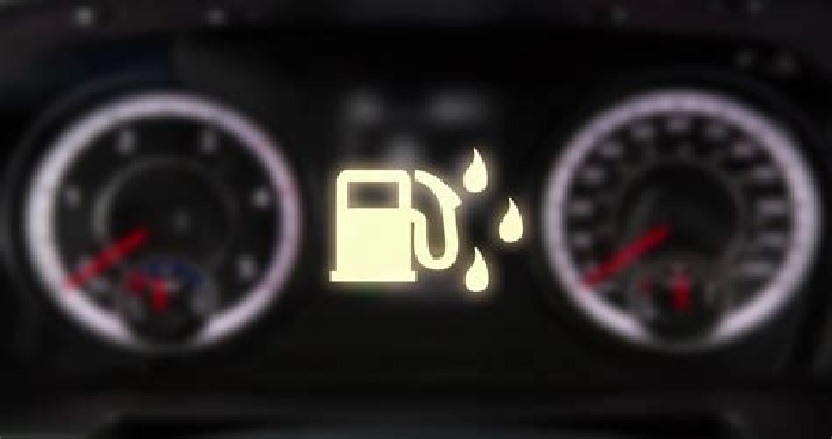It's a Team's Life

Diesel Fuel Contamination
Fuel contamination is a concern to each of us. So, we wanted to discuss the different types of contaminates we might have to battle to keep our diesel clean.
The first is water. Water can be introduced into diesel in storage tanks. Think about how many storage tanks your diesel goes though before you pump into your own tank. Some we can think of is at the refinery, rail car tanks, pipeline tanks, fuel tankers and the tanks at the point of purchase. But the biggest way of water getting into diesel is weather conditions like humidity and temperature. Water vapor travels in and out of the tank and when and when it cools down in the evening it settles into the tank.
Water also can get into the tank is the from the diesel engine itself. When hot diesel is returned to the tank after being cooled by the injectors. The hot diesel then cools in the tanks where condensation is created.
Fuels of today tend to hold onto water. They are blending some level of biodiesel into conventional diesel will accelerate problems with water in diesel. This is because biodiesel is hygroscopic and migrates toward any water presence in the fuel. Ultra-low sulfur diesel of today lowers the lubricants that the diesel has in it. To compensate for those lubricants lost they must add some to protect the moving parts in the engine that rely on the fuel as a lubricant. These added lubricants have an unintended effect of increasing the stability trapped in the fuel. What this basically means is that adding of lubricity agents to diesel fuel makes it easier for water to become emulsified in that fuel.
So Why Does Water Matter? Water allowed to accumulate in a tank increases the chance of a microbial infestation – bacteria and fungi which can play havoc with the fuel system. Water in fuel accelerates the oxidation and break down of the fuel. Water contamination contributes to tank corrosion
Second is inorganic which can be but not limited to sand, dust and rust. Fuel is susceptible to formation of solids in storage as a result of their inherent instability, they can also be affected by particle contamination from other sources. These particles in fuel can be road dust, engine rust, wear particles or any other hard particles. Particle contamination gets into diesel fuel in multiple ways. The fuel itself can pick up particles during transit, even from gas pump to gas pump. Particles can also ingress through the tank vent. As the fuel tank is drawn down, ambient air is drawn into the tank, providing a source of particle contamination. Wear debris from fuel system components is another source.
The inorganics can enter into the system in many different ways. They can enter in the many different ways the fuel is transported to end point of distribution of the pump into your tank. It can also be introduced thru the tank vents. As the fuel is drawn down, ambient air is drawn into the tank, providing a source of particle contamination.
Third is microbial. Ultra-low sulfur diesel and diesel fuel with some biodiesel over long periods of time also makes them more susceptible to contamination by microorganisms like bacteria and fungus. Even with best efforts water can still collect at the bottom of tanks. This creates the best possible environment for microbes to be created and these microbes live at the separation of the fuel and water. These microbes then can plug filters making fuel to flow slower or stop it all together. But this is just not isolated to one tank. If a storage tank (like where you get fuel) is contaminated the microbes can be introduced into your tank.
So, that covers the basics of what are the main three contaminates of diesel fuel. In a later blog we will look at how best to keep form getting contaminates in your fuel and how to solve the problem if you have fuel contamination.
Sandy & Stephen
Pinch Hitting for TeamCaffee
